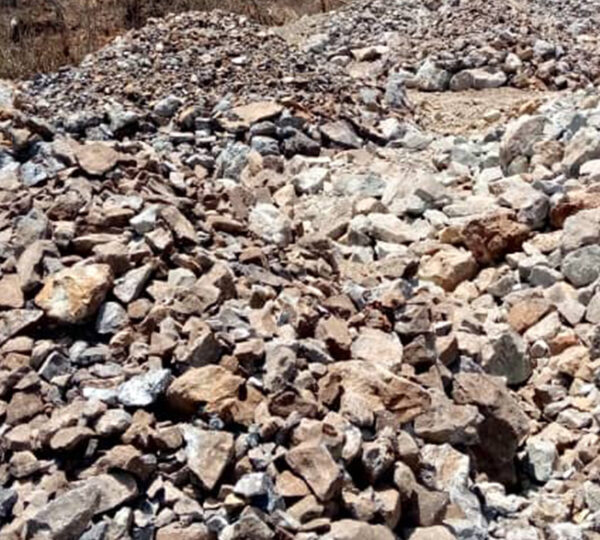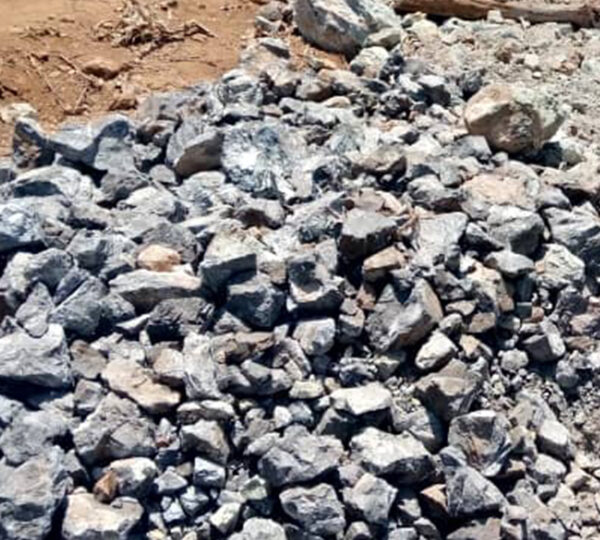Chromite
We export Chromite Ore from Ethiopia.
Chromite Ore mining areas in Ethiopian include the following:
Benishangul-Gumuz Region
Asosa Zone
⚒Tumet river
Gambela Region
⚒ Baro river basin titanium placers
Oromia Region
⚒Katawicha region
⚒ Kenticha Hill Chromititites
West Welega Zone
Gimbi
⚒ Yubdo District (Joubdo District; Youbdo District; Joubda District)
Bir Bir River
⚒ Joubdo Stream
Chromite is an oxide mineral that an iron chromium oxide with formula FeCr2O4. It is belonging to the spinel group. Chromite is the most important ore of chromium. Crystals are uncommon, but when found they are octahedral. Chromite is usually massive or in the form of lenses and tabular bodies, or it may be disseminated as granules. It is sometimes found as a crystalline inclusion in diamond. Chromite is dark brown to black in color and can contain some magnesium and aluminum.
Association: Olivine, enstatite, plagioclase, serpentine, magnetite, ilmenite, pyrrhotite, pentlandite, ulvospinel.
Polymorphism & Series: Forms series with magnesiochromite and hercynite.
Chromite Composition: FeCr20 4. FeO = 32.0 per cent, Cr20 3 = 68.0 per cent. The iron may be replaced by magnesium, and the chromium by aluminum and ferric iron.
Diagnostic Features: The submetallic luster usually distinguishes chromite, but the green borax bead is diagnostic.
Mineral Group: Spinel group.
Crystallography: Isometric; hexoctahedral. Habit octahedral. Crystals small and rare. Commonly massive, granular to compact.
Environment: In metamorphic Serpentine deposits, and in ultrabasic igneous rocks, and in placer deposits. May also occur in meteorites.
Chemical Properties
|
Chemical Classification |
Oxide minerals, Spinel group |
|
Formula |
(Fe, Mg) Cr2O4 |
|
Common Impurities |
Mg,Mn,Zn,Al,Ti |
Chromite Physical Properties
|
Crystal habit |
Octahedral rare; massive to granular |
|
Color |
Black to brownish black; brown to brownish black on thin edges in transmitted light |
|
Streak |
Brown |
|
Luster |
Resinous, Greasy, Metallic, Sub-Metallic, Dull |
|
Cleavage |
None Observed |
|
Diaphaneity |
Translucent, Opaque |
|
Mohs Hardness |
5,5 |
|
Crystal System |
Isometric |
|
Tenacity |
Brittle |
|
Density |
4.5 – 4.8 g/cm3 (Measured) 5.12 g/cm3 (Calculated) |
|
Fracture |
Irregular/Uneven, Hackly, Sub-Conchoidal |
|
Parting |
Parting may develop along {111} |
|
Other characteristics |
Weakly magnetic |
Chromite Optical Properties
|
Type |
Isotropic |
|
Color / Pleochroism |
Non-pleochroic |
|
RI values: |
n = 2.08 – 2.16 |
|
Twinning |
On {111} |
|
Birefringence |
0.0 |
|
Relief |
Very High |
Occurrence of Chromite: A cumulus mineral in ultramafic portions of layered mafic igneous rocks; an accessory mineral in alpine-type peridotites; also, detrital. Common in all meteorites, except carbonaceous chondrites, and in lunar mare basalts.
Chromite Uses Area: The only ore of chromium. Chromium is used with various other metals to give hardness to steel, also as a plating material because of its non-corrosive nature. Chromite bricks are used to a considerable extent as linings for metallurgical furnaces, because of their neutral and refractory character. The bricks are usually made of crude chromite and coal tar but sometimes of chromite with kaolin, bauxite, or other materials. Chromium is a constituent of certain green, yellow, orange, and red pigments and of similarly colored dyes.

